Lena: “I still remember the call from our accountant, and the instant feeling of getting a perfectly timed offer. We had gathered so much information about our product materials, chemicals in textiles, our producers, working conditions in the factories etc., and in the product department we constantly talked about how to use this knowledge in a more formalized way.
We were offered to participate in a new project initiated by the Danish Business Authority directed at SME’s on how to take CSR principles and turn them into everyday practice. In other words, how to implement them in a structured and systematic way in our daily work – just like we had been talking about. 12 SME’s in Denmark were offered to take part in the project, and we were among the chosen ones.
Joining the project changed our basic understanding of being a company working more responsibly. Not that we had felt irresponsible before, but our knowledge about our own company in a sustainable context and potential global initiatives that could guide us forward, strengthened our self-awareness considerably.
We made a plan. Our first 3-year CSR-strategy. With a lot of actions. We joined communities and organizations, which could help us move forward. We traveled to meet our producers with the sole purpose of learning how they viewed their part of our journey. So 2014 was the year we joined the UN Global Compact, the world’s largest corporate sustainability initiative. We did so because we wanted to align our baseline and learn from likeminded peers. We also joined the amfori BSCI to raise the social performance bar in the factories. Factories that we still partner with today.
Our CSR-strategy had four pillars
In 2015, the Global Goals / SDGs were adopted, and we decided to focus on goal number 8 and 12, as they fit perfectly in our line of business and our company strategy.
The strategy worked. In 2016, we were finally 100% OEKO-TEX certified, in other words, all our products were tested free from harmful chemicals – and have been ever since. Down to the smallest rivet and thinnest thread.
Thanks to our OEKO-TEX certification and inspiration from our surroundings, we learned the value of transparency in the supply chain. How important it is to understand how our fabrics and garments are made and taking part in solving problems with our suppliers – and with this be at the forefront next time.
The first 3-year strategy went well and was accomplished in spring of 2018. We had formalized our CSR goals and had put them into system, and we were ready to set new goals. And even though the new ones were very clear and focused, we dared making them quite ambitious…”
To be continued…
